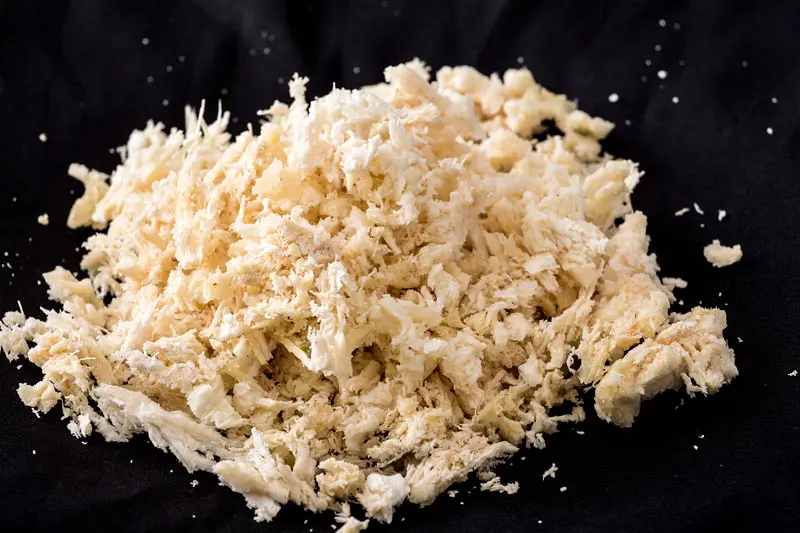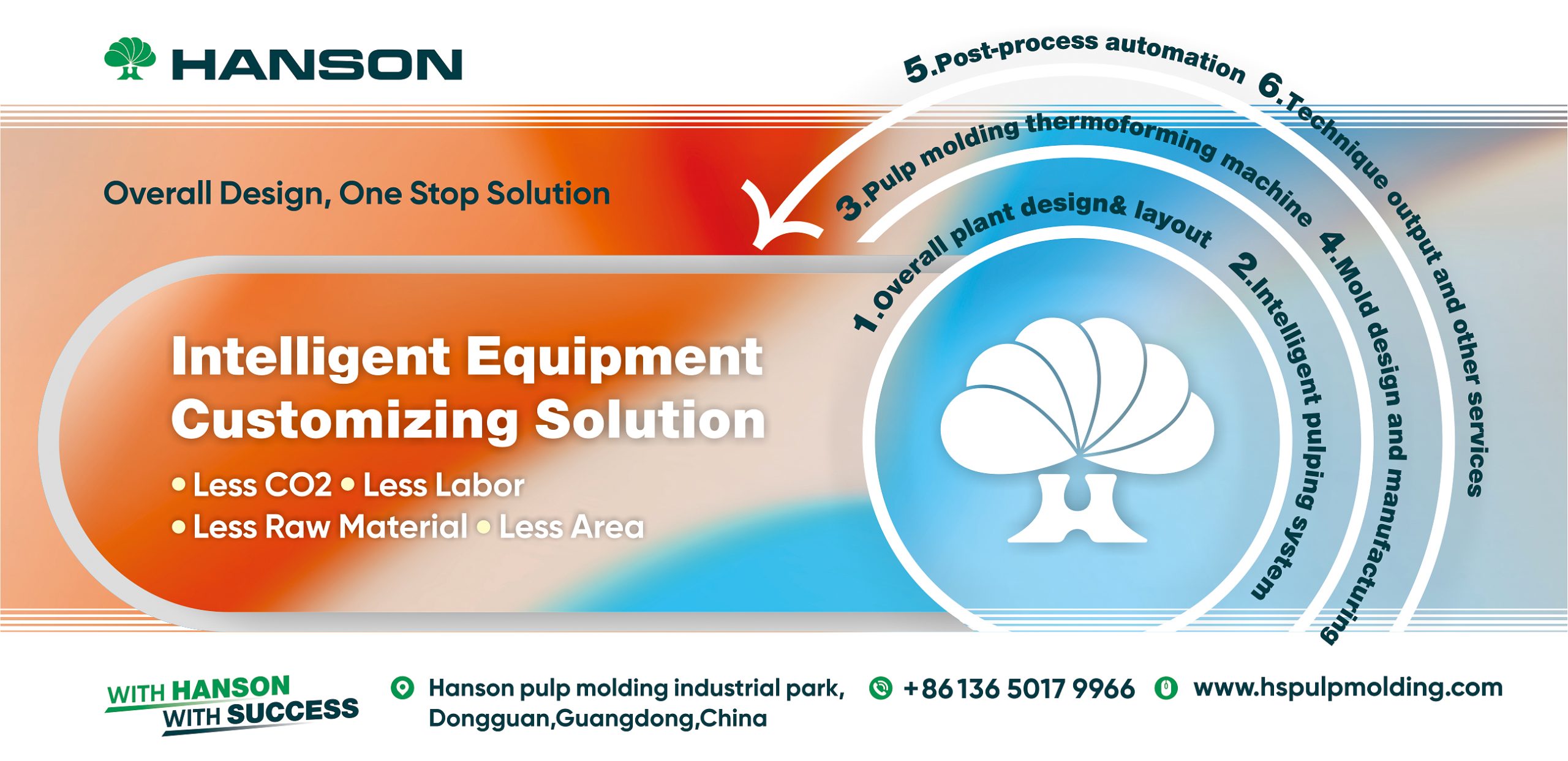BAGASSE FOOD CONTAINER: A SUSTAINABLE SOLUTION
FOR ECO-FRIENDLY PACKAGING
In recent years, the focus on sustainable living and environmentally friendly practices has become increasingly important. Individuals and businesses alike are actively seeking out alternatives to traditional packaging materials that contribute to pollution and waste. One such solution that has gained popularity is the bagasse food container.
 Bagasse, often referred to as sugarcane fiber, is a byproduct of the sugarcane industry. Traditionally, bagasse has been discarded as waste after the extraction of sugarcane juice. However, with growing concerns about environmental impact, researchers and innovators have turned this waste material into a valuable resource.
A bagasse food container is made from the fibrous residue left after the extraction process, which is then pressed and molded into various shapes and sizes. These containers are not only biodegradable but also compostable, making them an ideal choice for eco-conscious individuals and businesses.
Bagasse, often referred to as sugarcane fiber, is a byproduct of the sugarcane industry. Traditionally, bagasse has been discarded as waste after the extraction of sugarcane juice. However, with growing concerns about environmental impact, researchers and innovators have turned this waste material into a valuable resource.
A bagasse food container is made from the fibrous residue left after the extraction process, which is then pressed and molded into various shapes and sizes. These containers are not only biodegradable but also compostable, making them an ideal choice for eco-conscious individuals and businesses.
 One of the most common types of bagasse food containers is the bagasse clamshell. This container, shaped like a clamshell, is commonly used for take-out meals, snacks, and leftovers. With its sturdy and heat-resistant properties, the bagasse clamshell is a perfect replacement for conventional plastic containers or Styrofoam.
The bagasse bowl is another popular option for sustainable food packaging. These bowls are versatile and can be used to serve a variety of dishes, from salads to soups. They are microwave-safe and can withstand high temperatures, making them suitable for both hot and cold food items. Furthermore, the use of bagasse bowls promotes the reduction of single-use plastic waste, leading to a cleaner environment.
One of the most common types of bagasse food containers is the bagasse clamshell. This container, shaped like a clamshell, is commonly used for take-out meals, snacks, and leftovers. With its sturdy and heat-resistant properties, the bagasse clamshell is a perfect replacement for conventional plastic containers or Styrofoam.
The bagasse bowl is another popular option for sustainable food packaging. These bowls are versatile and can be used to serve a variety of dishes, from salads to soups. They are microwave-safe and can withstand high temperatures, making them suitable for both hot and cold food items. Furthermore, the use of bagasse bowls promotes the reduction of single-use plastic waste, leading to a cleaner environment.
 One of the key advantages of bagasse food containers is their sustainability. Unlike plastic or Styrofoam containers, bagasse containers are derived from a renewable resource. Sugarcane is a fast-growing crop that requires relatively low energy inputs and does not rely heavily on pesticides. By opting for bagasse containers, individuals and businesses contribute to the reduction of greenhouse gas emissions and plastic pollution.
Furthermore, the production of bagasse food containers has the added benefit of reducing waste. Instead of discarding sugarcane residue, which would otherwise contribute to landfill or incineration, bagasse is repurposed into a valuable product. This not only minimizes waste but also reduces the demand for virgin materials, such as wood or petroleum-based plastics.
Bagasse food containers also offer practical benefits. They are lightweight yet durable, making them easy to handle and transport. They are leak-proof, preventing any spills or messes. Additionally, bagasse has natural insulating properties, making it an excellent choice for hot food items, such as soups or curries.
One of the key advantages of bagasse food containers is their sustainability. Unlike plastic or Styrofoam containers, bagasse containers are derived from a renewable resource. Sugarcane is a fast-growing crop that requires relatively low energy inputs and does not rely heavily on pesticides. By opting for bagasse containers, individuals and businesses contribute to the reduction of greenhouse gas emissions and plastic pollution.
Furthermore, the production of bagasse food containers has the added benefit of reducing waste. Instead of discarding sugarcane residue, which would otherwise contribute to landfill or incineration, bagasse is repurposed into a valuable product. This not only minimizes waste but also reduces the demand for virgin materials, such as wood or petroleum-based plastics.
Bagasse food containers also offer practical benefits. They are lightweight yet durable, making them easy to handle and transport. They are leak-proof, preventing any spills or messes. Additionally, bagasse has natural insulating properties, making it an excellent choice for hot food items, such as soups or curries.
 As more individuals and businesses recognize the importance of sustainable practices, the demand for bagasse food containers continues to rise. Restaurants, cafeterias, and food delivery services are increasingly opting for these environmentally friendly alternatives. Consumers, too, are making conscious choices to support businesses that prioritize sustainability.
In conclusion, the bagasse food container is a sustainable solution for eco-friendly packaging. Made from sugarcane fiber, these containers offer a biodegradable and compostable alternative to conventional packaging materials. With versatile options such as the bagasse clamshell and bowl, these containers are perfect for various food items and are heat-resistant, lightweight, and leak-proof. By choosing bagasse food containers, individuals and businesses contribute to a cleaner and greener future, reducing waste and plastic pollution. It is evident that the bagasse food container is not only a practical choice but also an essential step towards a sustainable future.
As more individuals and businesses recognize the importance of sustainable practices, the demand for bagasse food containers continues to rise. Restaurants, cafeterias, and food delivery services are increasingly opting for these environmentally friendly alternatives. Consumers, too, are making conscious choices to support businesses that prioritize sustainability.
In conclusion, the bagasse food container is a sustainable solution for eco-friendly packaging. Made from sugarcane fiber, these containers offer a biodegradable and compostable alternative to conventional packaging materials. With versatile options such as the bagasse clamshell and bowl, these containers are perfect for various food items and are heat-resistant, lightweight, and leak-proof. By choosing bagasse food containers, individuals and businesses contribute to a cleaner and greener future, reducing waste and plastic pollution. It is evident that the bagasse food container is not only a practical choice but also an essential step towards a sustainable future.
 Bagasse, often referred to as sugarcane fiber, is a byproduct of the sugarcane industry. Traditionally, bagasse has been discarded as waste after the extraction of sugarcane juice. However, with growing concerns about environmental impact, researchers and innovators have turned this waste material into a valuable resource.
A bagasse food container is made from the fibrous residue left after the extraction process, which is then pressed and molded into various shapes and sizes. These containers are not only biodegradable but also compostable, making them an ideal choice for eco-conscious individuals and businesses.
Bagasse, often referred to as sugarcane fiber, is a byproduct of the sugarcane industry. Traditionally, bagasse has been discarded as waste after the extraction of sugarcane juice. However, with growing concerns about environmental impact, researchers and innovators have turned this waste material into a valuable resource.
A bagasse food container is made from the fibrous residue left after the extraction process, which is then pressed and molded into various shapes and sizes. These containers are not only biodegradable but also compostable, making them an ideal choice for eco-conscious individuals and businesses.
 One of the most common types of bagasse food containers is the bagasse clamshell. This container, shaped like a clamshell, is commonly used for take-out meals, snacks, and leftovers. With its sturdy and heat-resistant properties, the bagasse clamshell is a perfect replacement for conventional plastic containers or Styrofoam.
The bagasse bowl is another popular option for sustainable food packaging. These bowls are versatile and can be used to serve a variety of dishes, from salads to soups. They are microwave-safe and can withstand high temperatures, making them suitable for both hot and cold food items. Furthermore, the use of bagasse bowls promotes the reduction of single-use plastic waste, leading to a cleaner environment.
One of the most common types of bagasse food containers is the bagasse clamshell. This container, shaped like a clamshell, is commonly used for take-out meals, snacks, and leftovers. With its sturdy and heat-resistant properties, the bagasse clamshell is a perfect replacement for conventional plastic containers or Styrofoam.
The bagasse bowl is another popular option for sustainable food packaging. These bowls are versatile and can be used to serve a variety of dishes, from salads to soups. They are microwave-safe and can withstand high temperatures, making them suitable for both hot and cold food items. Furthermore, the use of bagasse bowls promotes the reduction of single-use plastic waste, leading to a cleaner environment.
 One of the key advantages of bagasse food containers is their sustainability. Unlike plastic or Styrofoam containers, bagasse containers are derived from a renewable resource. Sugarcane is a fast-growing crop that requires relatively low energy inputs and does not rely heavily on pesticides. By opting for bagasse containers, individuals and businesses contribute to the reduction of greenhouse gas emissions and plastic pollution.
Furthermore, the production of bagasse food containers has the added benefit of reducing waste. Instead of discarding sugarcane residue, which would otherwise contribute to landfill or incineration, bagasse is repurposed into a valuable product. This not only minimizes waste but also reduces the demand for virgin materials, such as wood or petroleum-based plastics.
Bagasse food containers also offer practical benefits. They are lightweight yet durable, making them easy to handle and transport. They are leak-proof, preventing any spills or messes. Additionally, bagasse has natural insulating properties, making it an excellent choice for hot food items, such as soups or curries.
One of the key advantages of bagasse food containers is their sustainability. Unlike plastic or Styrofoam containers, bagasse containers are derived from a renewable resource. Sugarcane is a fast-growing crop that requires relatively low energy inputs and does not rely heavily on pesticides. By opting for bagasse containers, individuals and businesses contribute to the reduction of greenhouse gas emissions and plastic pollution.
Furthermore, the production of bagasse food containers has the added benefit of reducing waste. Instead of discarding sugarcane residue, which would otherwise contribute to landfill or incineration, bagasse is repurposed into a valuable product. This not only minimizes waste but also reduces the demand for virgin materials, such as wood or petroleum-based plastics.
Bagasse food containers also offer practical benefits. They are lightweight yet durable, making them easy to handle and transport. They are leak-proof, preventing any spills or messes. Additionally, bagasse has natural insulating properties, making it an excellent choice for hot food items, such as soups or curries.
 As more individuals and businesses recognize the importance of sustainable practices, the demand for bagasse food containers continues to rise. Restaurants, cafeterias, and food delivery services are increasingly opting for these environmentally friendly alternatives. Consumers, too, are making conscious choices to support businesses that prioritize sustainability.
In conclusion, the bagasse food container is a sustainable solution for eco-friendly packaging. Made from sugarcane fiber, these containers offer a biodegradable and compostable alternative to conventional packaging materials. With versatile options such as the bagasse clamshell and bowl, these containers are perfect for various food items and are heat-resistant, lightweight, and leak-proof. By choosing bagasse food containers, individuals and businesses contribute to a cleaner and greener future, reducing waste and plastic pollution. It is evident that the bagasse food container is not only a practical choice but also an essential step towards a sustainable future.
As more individuals and businesses recognize the importance of sustainable practices, the demand for bagasse food containers continues to rise. Restaurants, cafeterias, and food delivery services are increasingly opting for these environmentally friendly alternatives. Consumers, too, are making conscious choices to support businesses that prioritize sustainability.
In conclusion, the bagasse food container is a sustainable solution for eco-friendly packaging. Made from sugarcane fiber, these containers offer a biodegradable and compostable alternative to conventional packaging materials. With versatile options such as the bagasse clamshell and bowl, these containers are perfect for various food items and are heat-resistant, lightweight, and leak-proof. By choosing bagasse food containers, individuals and businesses contribute to a cleaner and greener future, reducing waste and plastic pollution. It is evident that the bagasse food container is not only a practical choice but also an essential step towards a sustainable future. 
